Working To The Brief – A sustainable, enjoyable strategy for working for a client
Some of you may remember a shot I posted last week, entitled ‘Doesn’t Fit The Brief’. The shot was from a commercial shoot I did last year, it wasn’t what the client asked for, but it was what I liked the look of. Fortunately the client did like that particular shot, although as it didn’t fit the brief I’m not sure if it was ever used for their marketing. Working for a client doesn’t always mean ‘commercial photography’ in the most traditional sense of the word. In fact we’ve spent the last couple of years trying to spread the message that wedding photography IS commercial photography during our seminars and talks at conferences around the world. I’d go even further than that and say that if someone’s paying you to take photos, you ARE a commercial photographer.
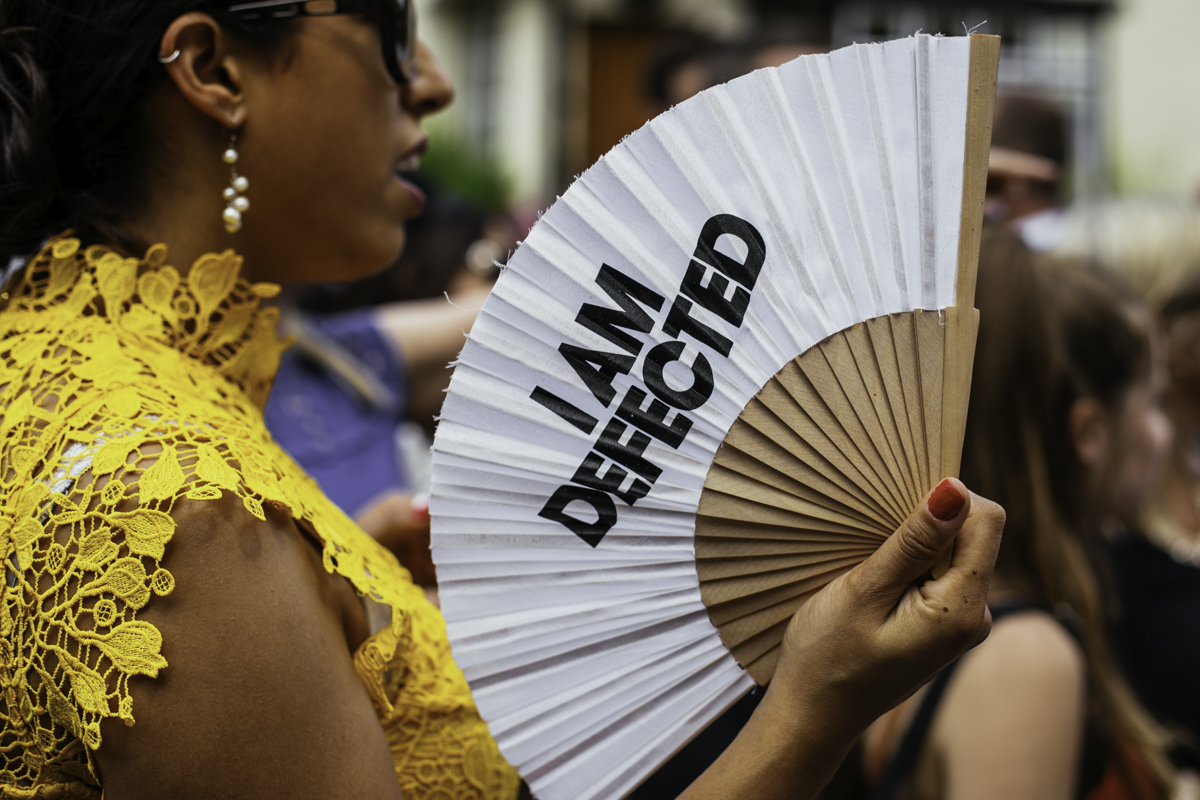
If you want to make art then you don’t need the clients, go out, make your art and then see if it sells. That’s not supposed to sound in any way derogatory, quite the opposite. Pure, genuine art photography, made by those who go out and photograph whatever the hell they want HOWEVER the hell they want is a worthy endeavour for any photographer. I firmly believe that all commercial photographers should be creating art in their spare time, working on passion projects and making photographs that speak to them.
But as soon as a clients involved we are entering the commercial world. Whether it’s weddings, portraits, marketing work or even commissioned music photography, there is always a brief somewhere in there. Most of the time it’s not a verbal or written brief, more an implied one. Take Weddings for example, we’ve spent the last 8 years working our socks off to develop a style that would mean we were allowed ‘creative free reign’ when it came to the wedding day. We’re incredibly lucky in that our business now attracts clients that do allow us free reign when it comes to their photography, but that doesn’t mean we’re not working to a brief. We’ll delve into that later.
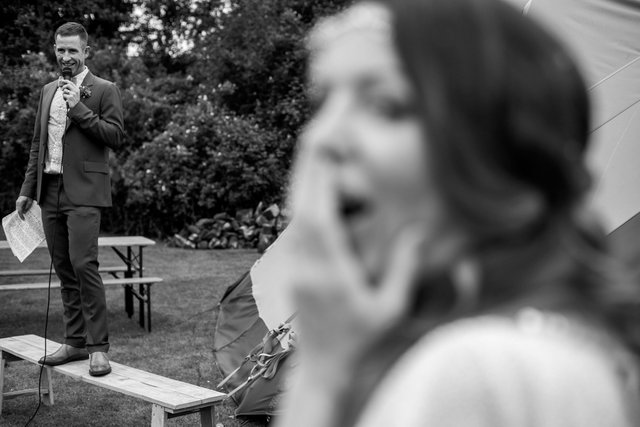
The Spoken Brief
I’m always surprised that so many photographers hate a strict brief. In my experience over the years I’ve found the stricter the brief, the easier the job! In fact I’d go so far as to say that 90% of client issues encountered by commercial photographers can be accounted to the photographers actions rather than the clients.
This is where understanding your role as a commercial photographer is key. If you are a ‘traditional’ commercial photographer, that is to say businesses are hiring you to produce marketing material, then a brief will probably be part and parcel of what you do. If not, then it’s time to step back and think about how much stress client’s have caused you over the years.
When I think back to my first forays into commercial photography, as a young – relatively inexperienced – photographer, I can recall several instances when I felt I had produced great images, but the client wasn’t happy. Back then I’d have got annoyed and complained to Verity about how clients just expect you to somehow pluck the image they have in their mind and deliver it to them in JPEG form. The truth is rather less one sided than that, but no less simple. I hadn’t given the client enough opportunity to fully convey their brief.
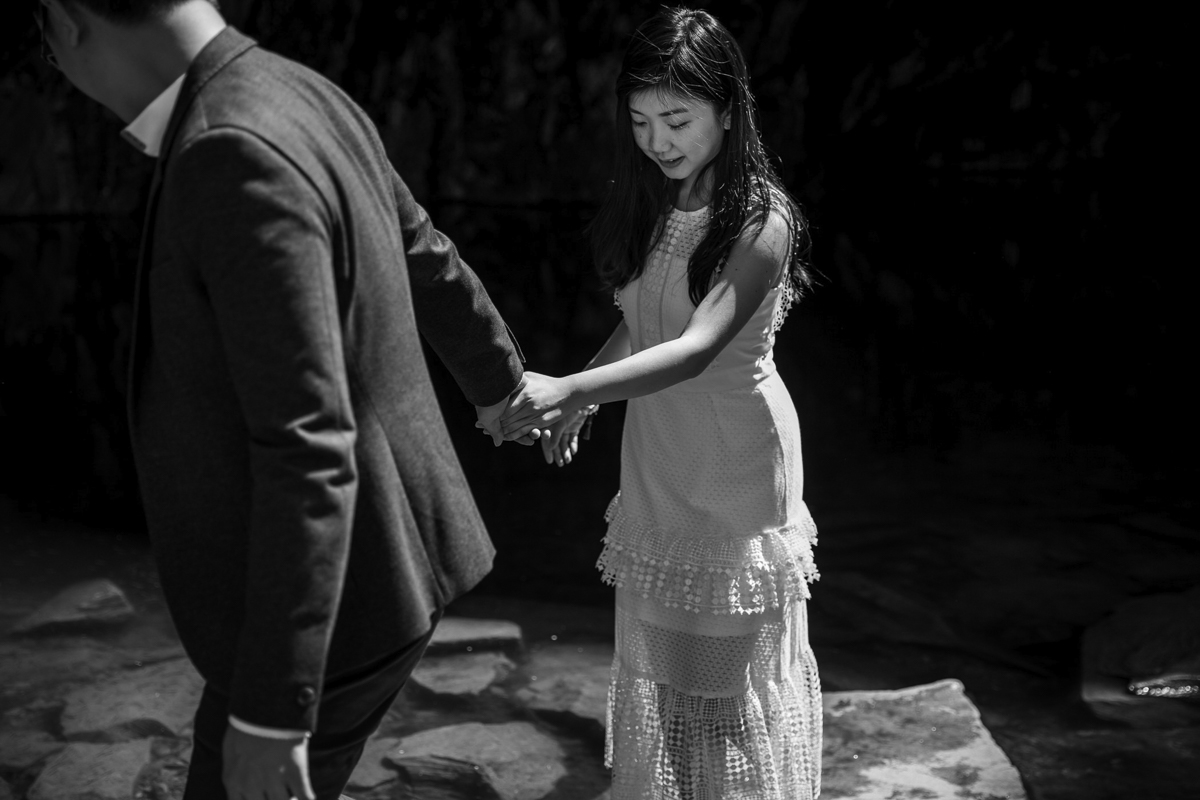
The Customer ISN’T Always Right
When a client gives you a brief there’s no point in just looking over it, imagining it and saying ‘yep, no problem’ for the sake of getting the job. Actually I’d argue this approach is often LESS likely to get you the job. When it comes to commercial work, especially the higher paying jobs, the clients are often used to working with a photographer and fully aware of the potential pitfalls. Talking about a brief, having them explain things in detail and asking questions is the best way to demonstrate your own experience and knowledge of what you do. Sometimes that means explaining to a client WHY their idea might not look how they expect it to, suggesting alternatives that you think will look good with a clear guide to WHY it will look good.
Clients want to know you understand what you’re doing, they want to feel safe in your hands. Let’s face it, photography isn’t cheap (and even if you ARE cheap right now, that’s not the end goal right?) and I don’t know about you, but every single time I employ the services of a third party, I want to fully believe that whoever I’m paying knows more about what they are doing than I do! Often, when it comes to photography, that means telling the client that their idea has flaws. Obviously we don’t want to go in, tear their idea to shreds and gush about our own superior vision. It’s about sensitively explaining how their idea could be adapted to make it better, or more achievable.
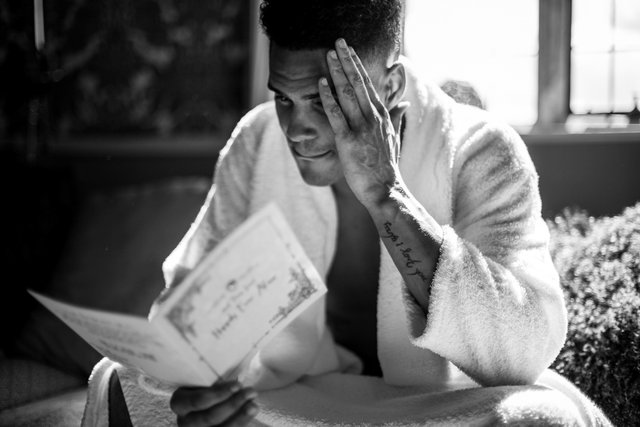
The Unspoken Brief
Now this is the side of photography that seems to trip the most people up. Whether it’s failing to understand that by working for a client there is always an unspoken brief, or not taking the time to understand what that brief is. All to often photographers fail to meet client expectations despite delivering images they are immensely proud of. It can be a soul destroying part of life as a photographer yet all too often photographers place the blame with the clients, rather than taking the time to look at what they could have done to prevent any disappointment ever arising in the first place.
The easiest and most effective way to do this is the same as with a spoken brief, from that very first interaction with the client you need to put them at ease, safe in the knowledge that YOU are the professional, and by putting their trust in you they are going to get the best images.
You don’t have to ask the client for a brief, you don’t even need to get a shot list. What you DO need to do is talk to the client about what they envision when they imagine the images you will deliver. What are they excited about? What is important to them?
It goes against everything we imagine when we start out as a photographer, the freedom of just taking photos we love and having clients that love them every time. Actually that’s not entirely true, chances are you WILL have clients who love them every time, but even that client, who loves all their images, isn’t immune to the twinge of sadness that comes with not having the shots they had imagined deep down. It’s important to understand that by taking on board client requests, you’re not diluting or sullying your creative integrity. You’re just doing right by the person paying the bills! It’s not one or the other, it’s just about making sure you put the clients wants and needs ahead of your own creative needs.
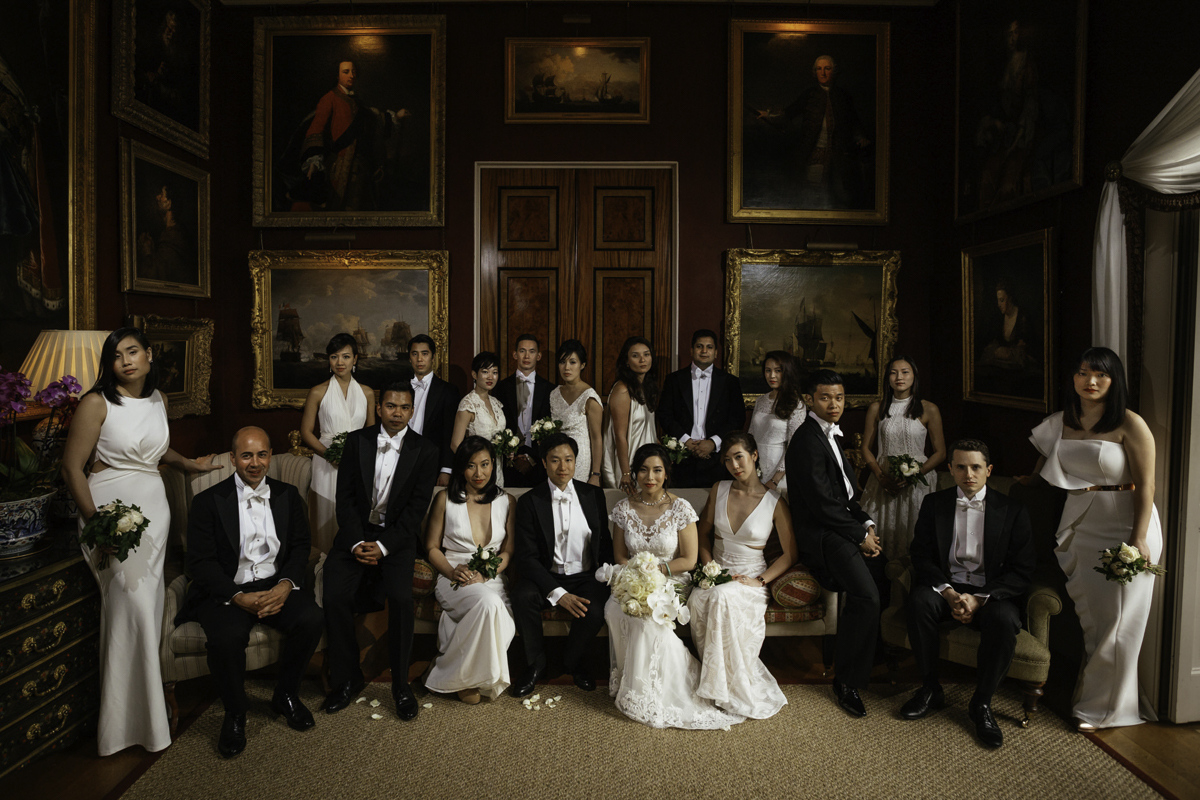
Portfolio over Profit
Ah man, portfolios. I get it, everyone needs to build up a good portfolio and maybe sometimes I forget how it feels to want to have a website filled with epic shots that will attract new clients. Nowadays I am pretty secure in knowing that we’ve shot enough weddings not to NEED to ever share another new wedding image. Seriously, at over 300 weddings with an average of 800 images per wedding we now have something like a quarter of a million portfolio images. Clients don’t know how old or new an image is, and since we could Instagram 2 photos a day for the next 328 years I’d say we definitely don’t need to shoot for our portfolio’s anymore.
A portfolio is great, and maybe it will bring in new clients, but do you know what will DEFINITELY bring in new clients? Your old clients.
Word of mouth is, by far and away, the most powerful marketing tool at your disposal. Gone are the days of ‘as seen on tv’ producing astronomical sales, audiences are just too savvy, that’s exactly why magazine sales are declining so rapidly. Consumers just do not trust paid advertising. Read any modern marketing book and you’ll see what I’m talking about, the day of the advert is dead.
The number one mistake made by new photographers isn’t mixing up the brief, or even not realising that there is an ‘unspoken’ brief. It’s shooting for portfolios.

Drop the Ego
All of us have one, we definitely do when we start out. After all, by accepting money for your skills you are essentially saying ‘I’m good at this!’. It doesn’t matter if you’re starting off at rock bottom prices, you’re charging for what you do.
Photography is like an Ego magnet. Maybe that’s why so many photographers are…well….arseholes! We’ve all heard the stories right?
When photographers start out they ALWAYS end up shooting for their portfolio, and their passion all too often engulfs their common sense. I can’t even tell you the amount of new photographers we’ve seen who have clearly spent 30 minutes or more perfecting one shot that they felt passionate about. They will proudly post the photo online, in photography forums they will talk about the time they spent to get that perfect shot. Then you stop to think about everything else they could have shot during that time!

Client comes first
So if we assume that you have a newly refined mental brief, derived from either a spoken or unspoken brief, then it seems logical that everything on that brief can be labelled ‘top priority’ right?
This is exactly why I love a clear brief. Whatever the job. It’s the same reason I love getting a shot list from a client on a wedding day. Essentially it means that I’ll spend however long it takes to ensure that brief or shot list is fully completed BEFORE I try to shoot anything else. So if a groom wants shots of his shoes, belt, tie and groomsmen’s gifts then I’ll make sure they are done before I do the candid stuff. I’m not worried about missing anything because I know that what I’m delivering is more important to the client.
Obviously it’s not quite as clean cut as that, at a wedding I’ll constantly be looking for shots and keeping track of what’s going on, it’s not a case of missing everything at the expense of the shot list. But it is about understanding that if push comes to shove, and there’s time for the shots I want OR time for the shot list, the shot list ALWAYS comes first.
It’s quite a nice feeling actually. For instance if we have a couple that have asked for 60 gillion group shots after the ceremony, then that’s fine! We’ll spend hours doing those and not have to worry about the pressure of coming up with something creative! We can shoot away, safe in the knowledge that the couple will love these shots because they are exactly what they asked for!

Keeping the Passion
As much as it’s important to understand the idea of working to a brief, it’s also important to make sure you are getting some creative stimulation out of your work. I’m sure there’s the odd exception, but generally there’s always time to get what you want AND what the client wants. Like my ‘Doesn’t Fit The Brief’ shot last week there is always time to get something that’s not on the brief, just because you like it.
If a client looks through their images, and they are incredible, but there’s some that were on their mental brief that you didn’t get, chances are they will be a little disappointed.
If that same client gets their images, and they have everything on the brief, as well as a few incredible shots they weren’t expecting, they will be over the moon. They WILL tell people about what a wonderful job you have done. And you WILL get new clients off the back of it.

And that’s what it comes down to really, fitting the brief won’t always get you more work. Getting incredible images won’t always get you more work, but if you can do both then you are all but guaranteed success in your photography business.
All Images are mine and copyright belongs to me. Please RESTEEM if you like my work. Please Upvote my work to help support my content on Steemit
Lengthy and very informative. Thanks!
I think you're right that word-of-mouth is more effective/important than a portfolio. I love photography and would like to turn it into a profession somehow but my biggest hurdle is to get that first client...
Thanks dude! Absolutely, to be honest the first clients aren't too hard if you're happy to start at a lower price - the best bit is a lower price usually means less stress!
Yeah, thanks for the advice, I just have to get out there and advertise myself (not my strongest point)...